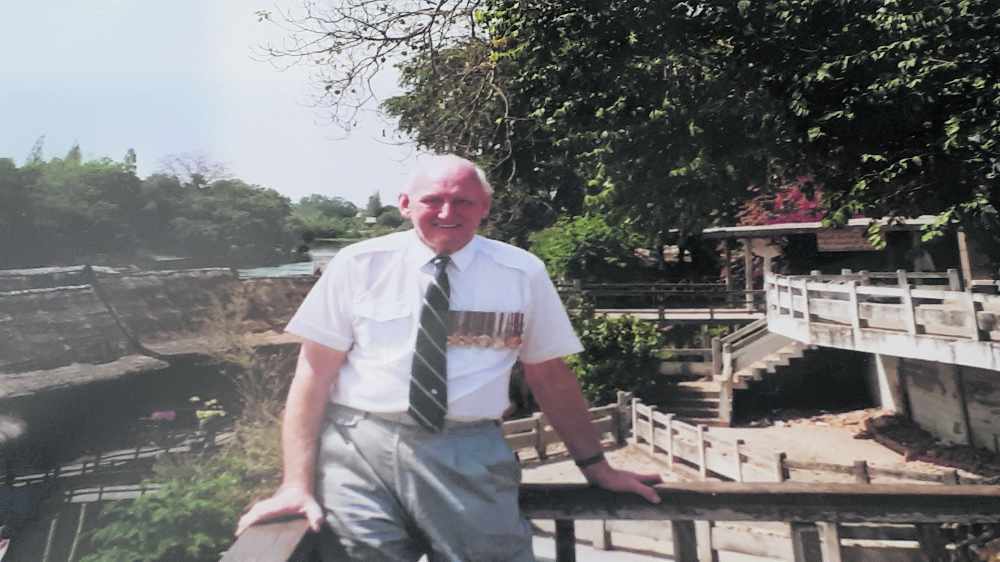
Charles Roy Bradley (known as Roy) was born in Stalybridge on August 18, 1920 - and so would have celebrated his 100th birthday in just a few days time.
Roy survived the horrors of the Second World War and being taken prisoner by the Japanese where he was put to work building the Thailand-Burma Railway - infamously known as the ‘Death Railway’.
In fact, Roy was one of the very first POWs forced to build the Tamarkan Bridge which spanned the River Kwai - made so famous by the 1957 film ‘The Bridge on the River Kwai’.
Thankfully Roy returned home, settling down to start his own family and living until the good age of 83.
However, throughout his life he shared very few of his wartime experiences with his family, but fortunately his daughter Lynne Scott (pictured below) lovingly kept all of his war records to share on this important anniversary date.
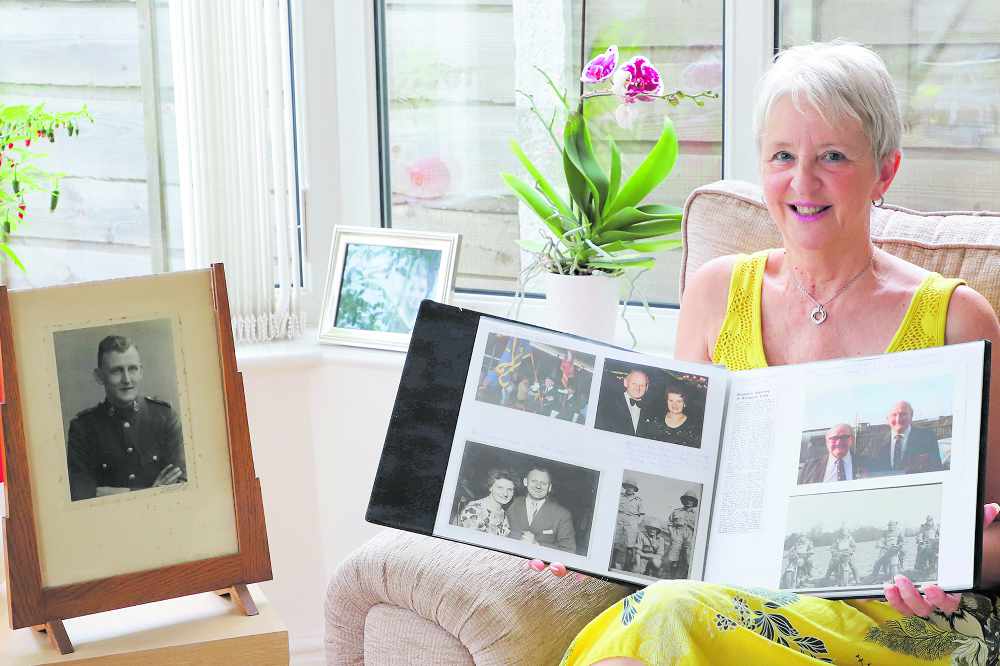
Roy was born at the lodge to Gorse Hall where he grew up.
When war was declared he joined the army aged just 19, serving with the Manchester Regiment Royal Signals 137 Field Regiment as a gunner.
Come September 1941, he was being shipped out to help defend the British stronghold Singapore, but in February 1942 he was taken prisoner following its fall to the Japanese.
The battle for Singapore lasted from February 8 to February 15 and resulted in a decisive Japanese victory - being the largest British surrender in history.
Roy was one of an estimated 80,000 British, Indian and Australian troops taken prisoner at the time.
At first he was held at the notorious Changi Prison in Singapore before he was transported to Thailand and Burma to be put to work on the infamous railway, imprisoned in various camps along the way.
It is believed the construction of the railway, which began later in 1942, involved some 250,000 people from South East Asia and 60,000 POWs.
Estimates suggest more than 100,000 lost their lives building the route - hence the name the ‘Death Railway’ - the enslaved workers maltreated by their captors, malnourished to the point of starvation and highly susceptible to disease, forced to live in squalid camps with no sanitation.
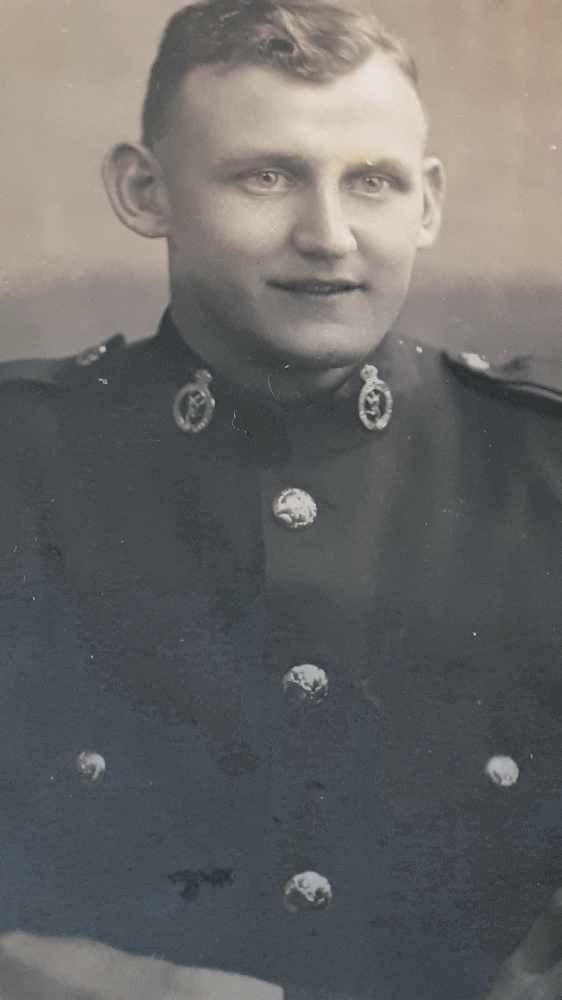
Roy served with the Manchester Regiment Royal Signals during the war
Lynne travelled to Burma herself with her husband Geoff three years ago to retrace her own father’s footsteps, saying it was an incredibly emotional journey to make.
“We stood on the Bridge over the River Kwai which was really emotional,” said Lynne.
“The camps that they were imprisoned in are just open spaces now or overgrown.
“In fact we stayed in a hotel which was situated right opposite where one of the camps once stood, although there is nothing there now.”
Lynne explained that her father did not share the many horrors that he would have witnessed.
“He didn’t speak about it much - when you were young as a child you were frightened to ask questions in case it upset them, but also they did not want to upset or scare you.”
However, Roy always said that it was the atom bombs dropped on Hiroshima and Nagasaki in August, 1945, that had saved his life - and the lives of his fellow prisoners.
Lynne said: “They all knew as prisoners they were going to die.
“When he left for Singapore he was 13 stone - and when he returned he weighed just seven stone after three and a half years of surviving on rice.”
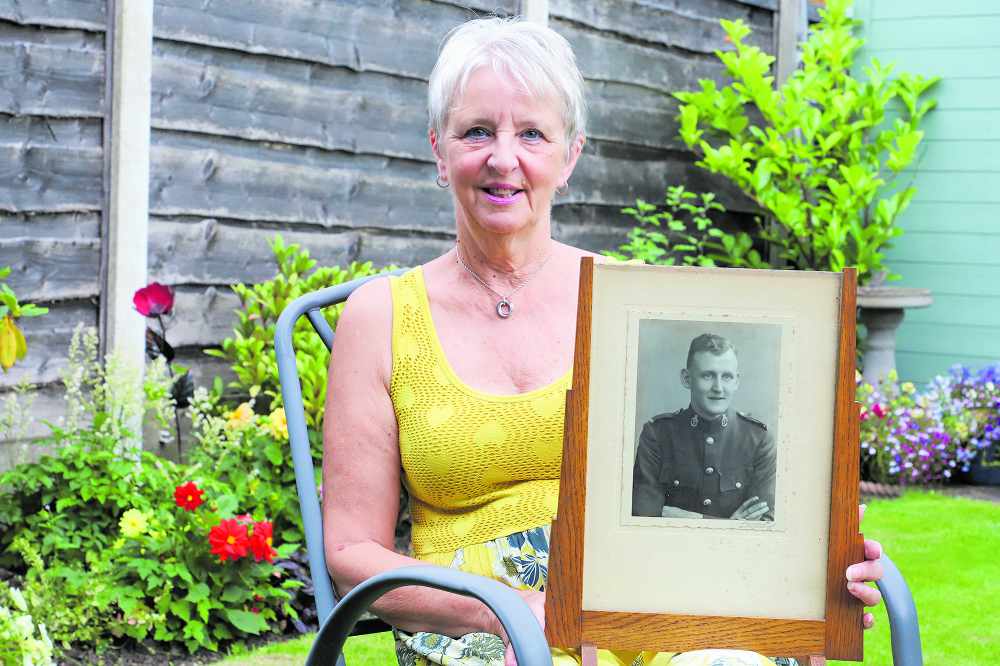
Lynne with a photo of her father Roy
On his release the first person to come to his aid was a nurse who offered him cigarettes and chocolate. It later transpired she was Lady Edwina - the wife of Lord Mountbatten of Burma - and Lord Mountbatten later visited Roy as he recovered in Rangoon Hospital.
Another fascinating fact Lynn does know is that Roy helped to make a secret radio so they could find out was going on in the outside world.
When the Japanese heard about the radio, Roy was interrogated by the Japanese military police for his part in making it.
Fortunately they never found it - if they had it would have certainly meant the death sentence.
Lynne has been a member of the National Far East Prisoner of War Fellowship Welfare Remembrance Association (N.F.F.W.R.A) for 15 years - the national association providing practical help, support and assistance for former FEPOWs (Far East Prisoners of War) their wives and widows.
She says it is especially important to remember this time - and the men who fought, served and many who gave their lives battling in the far eastern sphere of war to defeat the Japanese, with many people unaware of the significance of the date and the experiences of those who served.
“Men like my father didn’t even know the war had ended and for many it was months before they got to come home,” said Lynne.
When Roy did make it back later in 1945, he settled and worked as an electrician for Norweb.
He married Dorothy (maiden name Henderson), the couple having got engaged just before he went away to war.
They originally met while out walking with friends - and Roy asked her out.
They were married at St John’s Church, Godley, in 1946 and lived with Dorothy’s parents for a few years before moving to Denton for a short time and then to Gee Cross.
Lynne was their only child.
Roy too was a member of the Manchester branch of FEPOW and their standard bearer.
In 1950 he joined the special constabulary and worked his way up the ranks, retiring as Commandant of Greater Manchester at the age of 66 (pictured below).
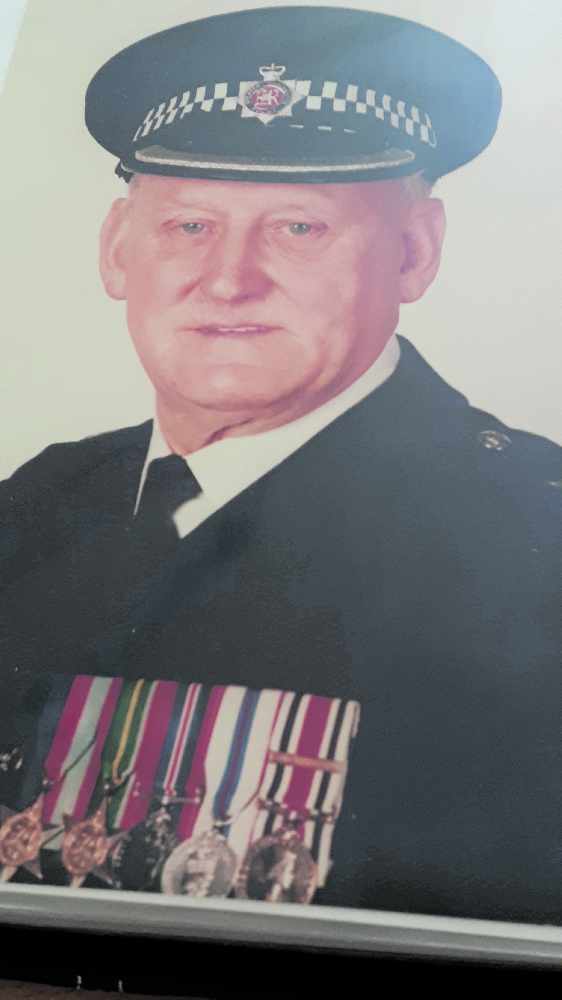
In 1992 - 50 years after he was taken prisoner - Roy, then aged 71, returned himself to the bridge over the River Kwai in a tour of Thailand and Singapore organised by the FEPOW.
The most moving part of the trip for Roy was the journey to Kanchanburi war cemetery where he paid tribute to the many friends buried there.
To mark VJ Day this Saturday there will be a number of remembrance services and events taking place across the borough, while Lynne is organising one of her own with neighbours in Primrose Avenue, Hyde, from 1pm on Saturday.
“We will be decorating the avenue with bunting, having a street party like the VE Day celebrations with 40s dress and music and the Last Post will be played at 3pm,” added Lynne.
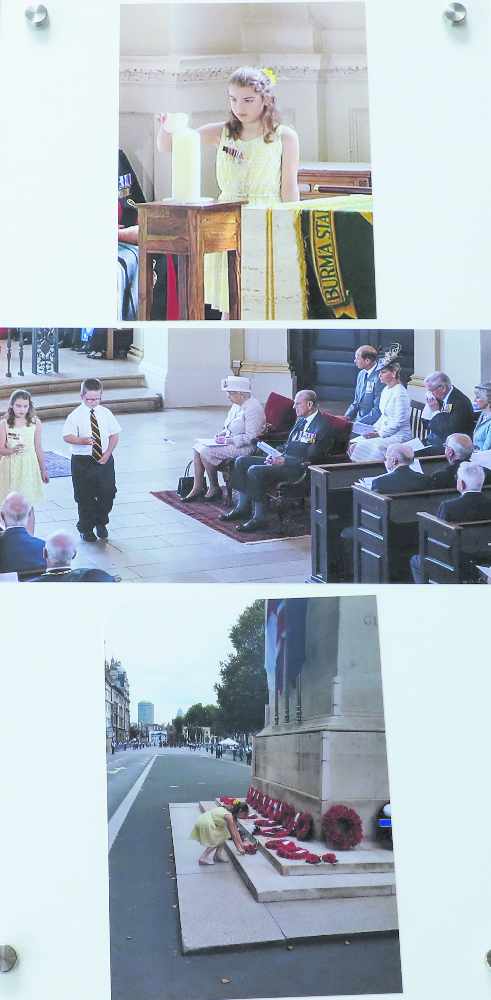
SPECIAL MEMORIES: Five years ago, to mark VJ70, Lynne’s granddaughter Charlotte had the honour of lighting a candle during the national celebrations held at St-Martin-in-the-Fields in London, watched by Her Majesty the Queen and members of the royal family. Charlotte, nine at the time and now 14, also placed a wreath at the cenotaph in Whitehall following the national parade. Sadly, national celebrations have been curtailed by the pandemic this year.
Listen to Lynne's interview with Tameside Radio's Sarah Hall below...


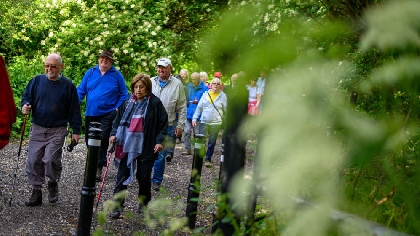 Mooch and natter in Mossley this May with the 2024 GM Walking Festival
Mooch and natter in Mossley this May with the 2024 GM Walking Festival
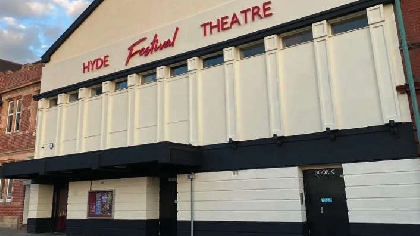 Hyde theatre receives £20K funding boost from the People's Postcode Lottery
Hyde theatre receives £20K funding boost from the People's Postcode Lottery
 TAMESIDE: What each political party in Tameside is offering to voters at the local elections this year
TAMESIDE: What each political party in Tameside is offering to voters at the local elections this year
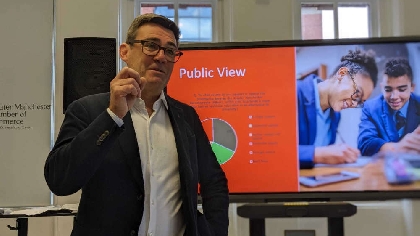 GREATER MANCHESTER: We asked every Greater Manchester mayoral candidate the same questions – this is what they said
GREATER MANCHESTER: We asked every Greater Manchester mayoral candidate the same questions – this is what they said

